Welcome to “Tongan Culture” Part I of our blog series, “HĀ: Breath of Life”, an in-depth look into the cultures of Polynesia. Each post will review one of the six Pacific Islands highlighted in the Polynesian Cultural Center’s award-winning evening show, now in its 11th year.
ACT 1: Tongan Culture
“Vaevaemanava (sharing of breath) is the Tongan concept of unconditional sharing or providing for the welfare of one another – even if they are strangers”.
-Excerpt from HĀ: Breath of Life Playbill
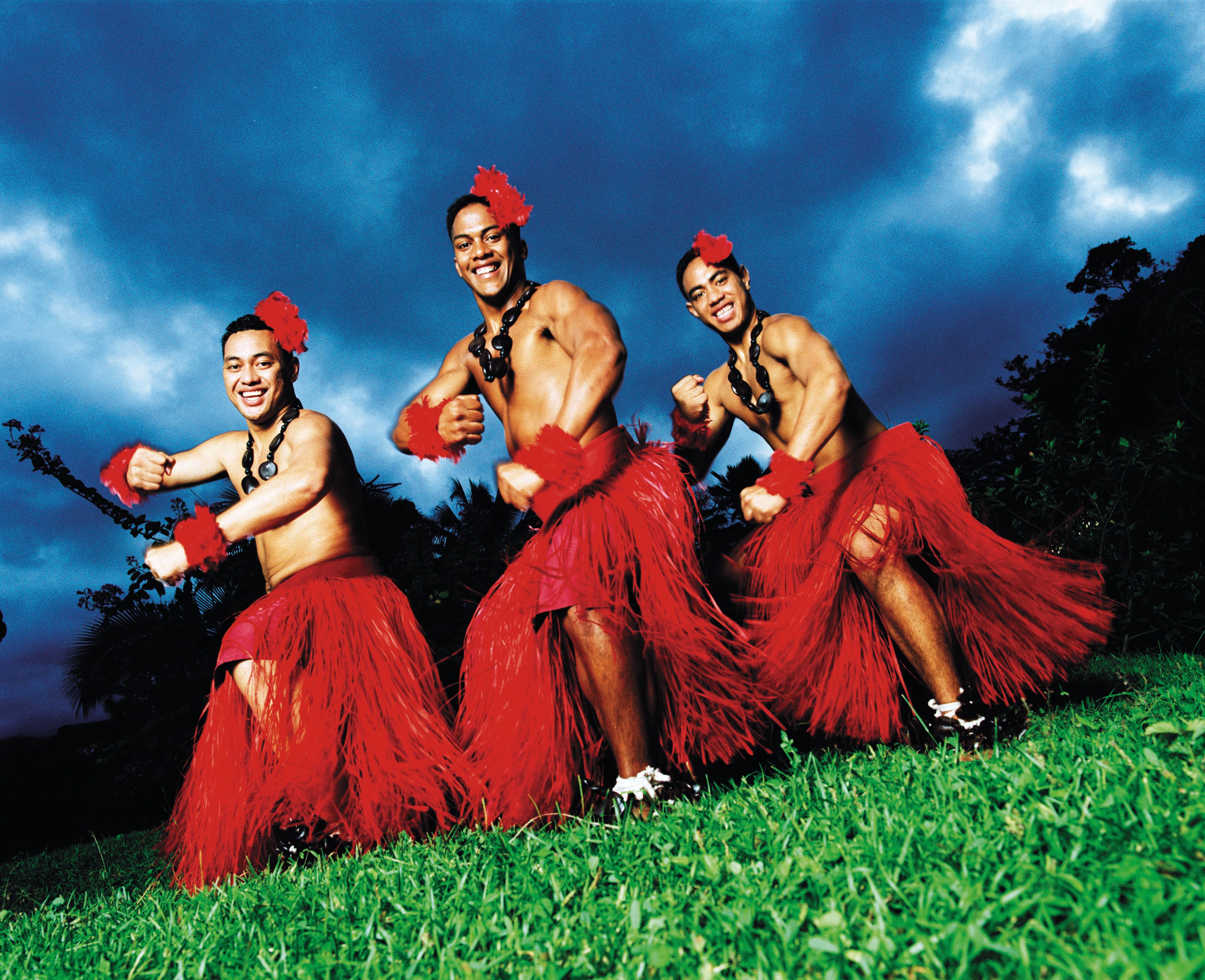
The Tongan culture is filled with bright colors, energetic performances and great generosity
Tonga is an infectiously energetic and spirited culture, which is clear to anyone who has been fortunate enough to visit the islands or to enjoy the Tongan representation at the Polynesian Cultural Center. I have every intention of writing a comprehensive guide to each of the 6 Island Villages at the Polynesian Cultural Center, but that is not this article. First, I want to share with you a small preview into one of my favorite things to enjoy at the Center; HĀ: Breath of Life.
“The symbolic story of Mana and his beloved Lani, punctuated by Polynesian dance, music and blazing fireknives, is told in “HĀ: Breath of Life,” our stunning evening show featuring over 100 Polynesian performers, special effects, animation and surround sound. It is a Pacific Isle saga of birth and death, love and family, tragedy and triumph.”
-polynesia.com
Mana’s story begins in his mother’s womb, on a perilous night when his parents are forced to flee their home to an unfamiliar island. From there progresses a story in seven parts. The first of which is shown through select “unique cultural aspects” of Tonga.
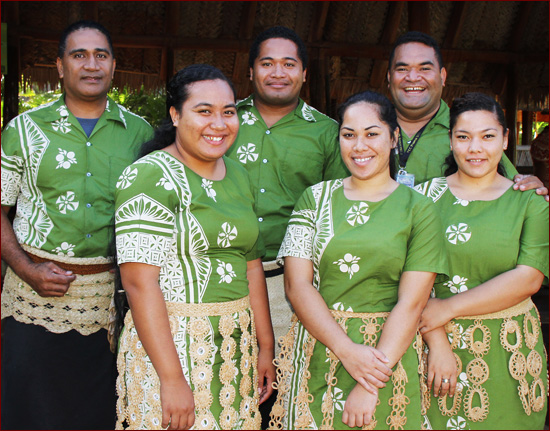
Chief Tamoepeau with Tongan villagers at the Polynesian Cultural Center
“Tongan society is guided by four core values, all of which combine to ensure a generous and genuine welcome to visitors to the Kingdom; Fefaka’apa’apa’aki (mutual respect), Feveitokai’aki (sharing, cooperating and fulfilment of mutual obligations), Lototoo (humility and generosity), and Tauhi vaha’a (loyalty and commitment”).
The Kingdom of Tonga website
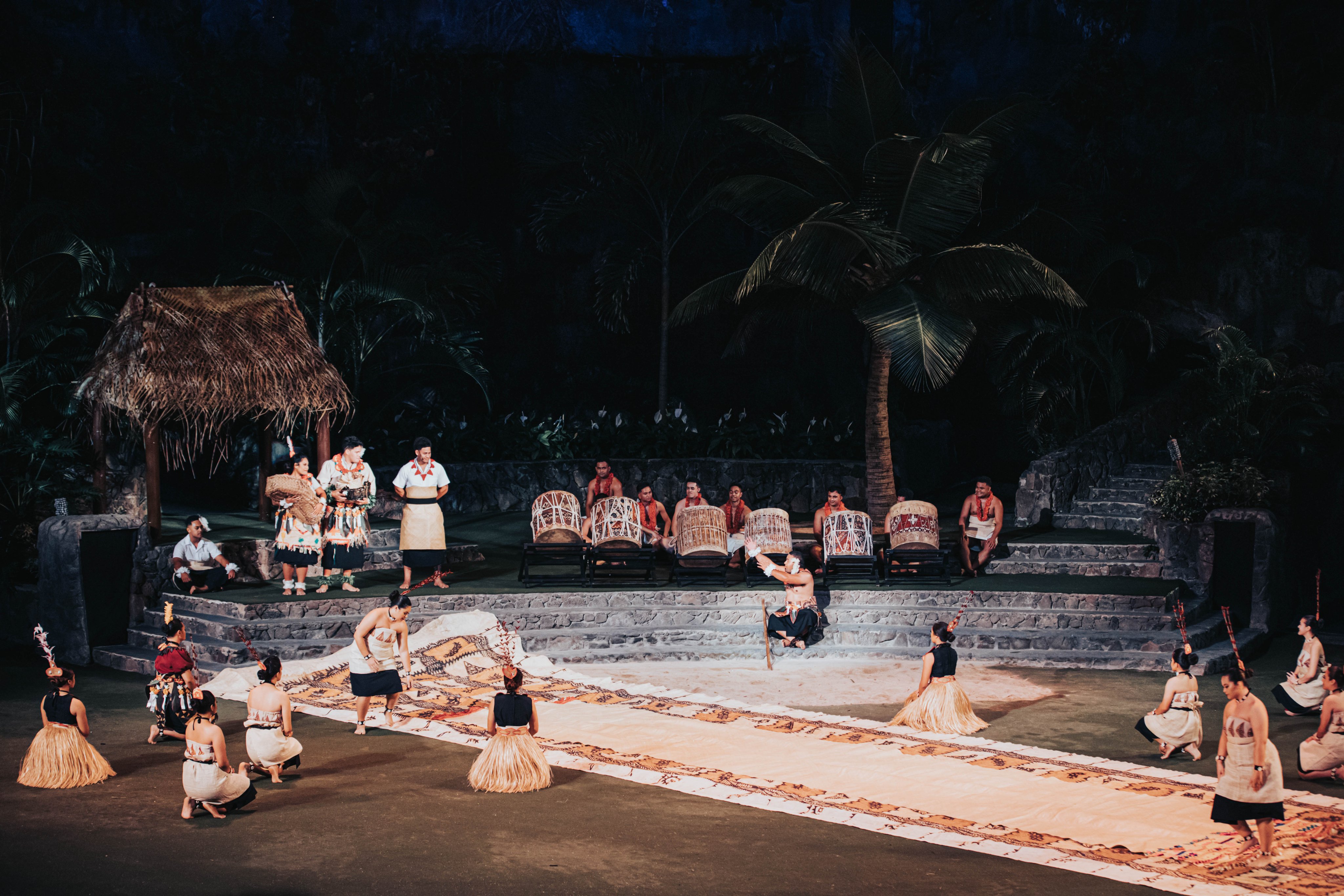
This handmade original tapa is utilized nightly during the Tonga performance
The Kingdom of Tonga is also known as the Friendly Islands. This nickname is well earned and their values clearly present in the warm welcome Mana’s parents receive after their arrival and the celebration of Mana’s birth. Many gifts are given to the newcomers including a house and long sections of tapa or ngatu cloth.
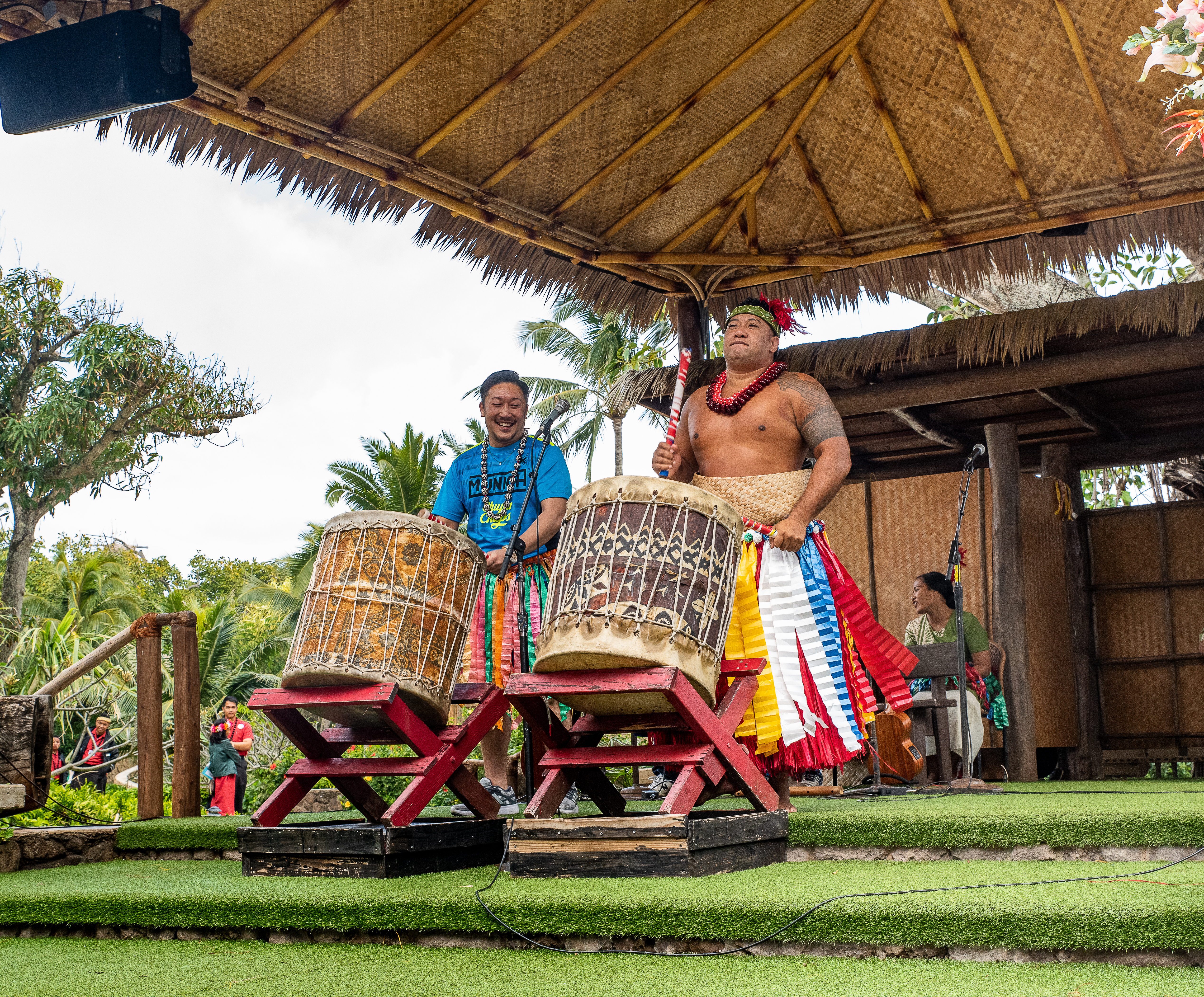
Our Tonga Village daily performances center around the traditional drums of the Tongan culture
Drums
One of the most exciting displays of Tongan culture in both the village and the night show is the tā nafa or drumming show. Drums play a huge role in many Polynesian cultures. In fact, the style of drums used today is believed to have been adapted from the Samoans sometime in the early 1900s.
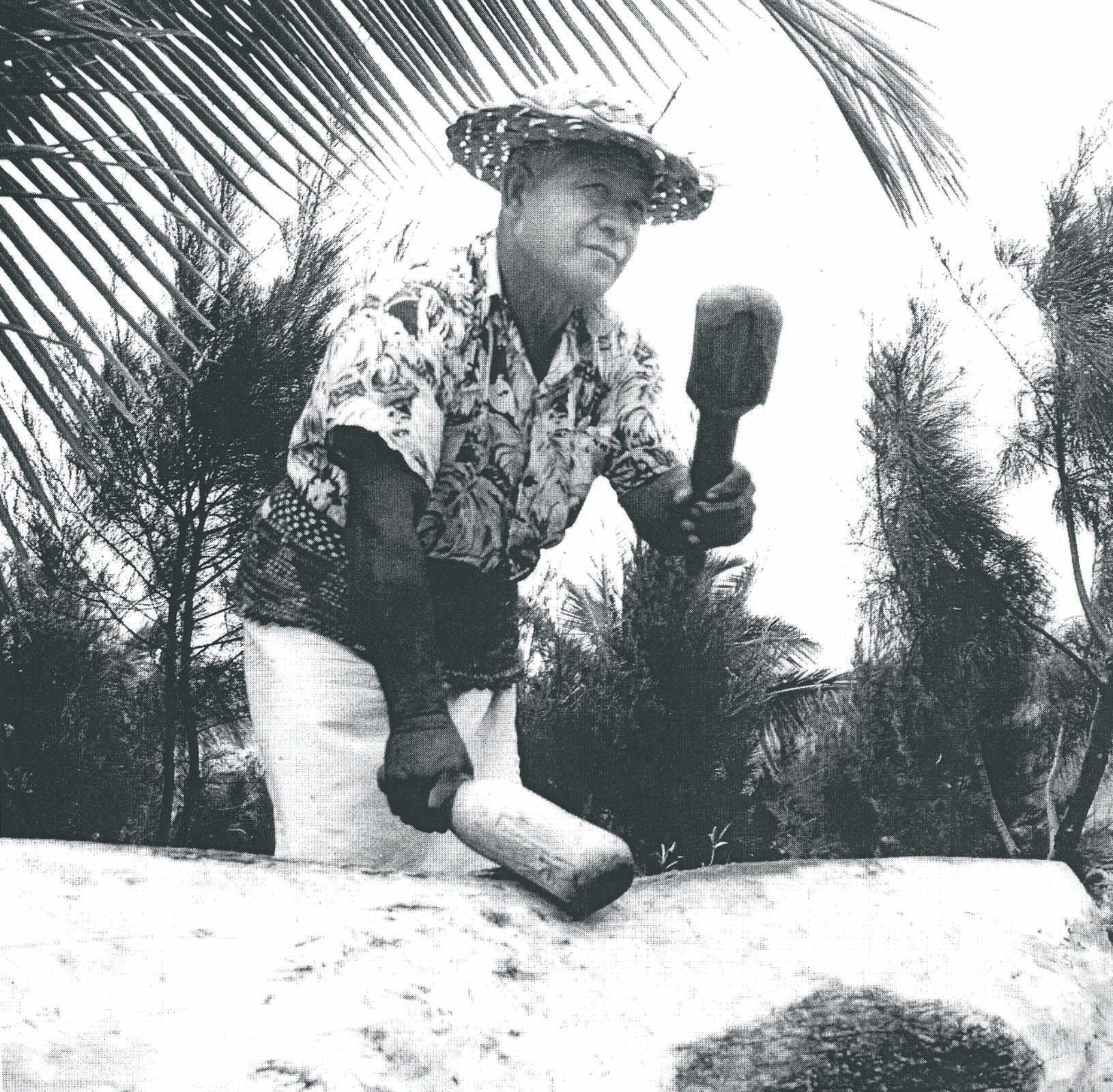
This photo from our archives features a performer with a Lali split drum
The Center’s Tongan Cultural Ambassador Fakatava explained that originally Tongans used wooden drums called lali which were made by cutting a slit in a tree log or branch. Larger branches create a deeper sound. Drums are used to accompany many activities including the mā’ulu’ulu, a seated dance where the dancers perform synchronized hand motions. If you are ever fortunate enough to go to Tonga, listen and you might hear the lali, made in the centuries-old traditional methods and used during welcome and other ceremonies. Learn more from Fakatava about the history and uses of drums in Tongan Culture.
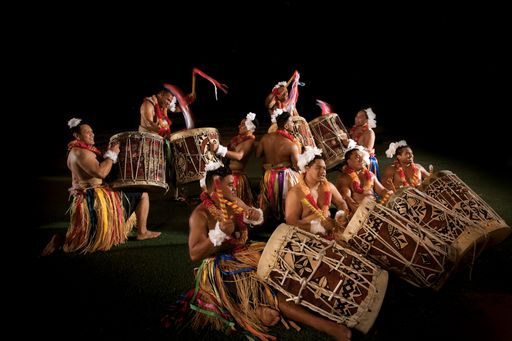
The beat of these massive drums is invigorating and inspiring
The drumbeats of HĀ: Breath of Life are not to be missed. When I hear the energetic pounding, I feel my heart try to match it. The drums and the dancing they accompany in HĀ: Breath of Life will always be one of my favorite experiences. Each time I watch this sequence in the evening show I think “this is only the beginning”, a display to welcome the audience as they welcome Mana… and what a welcome it is!
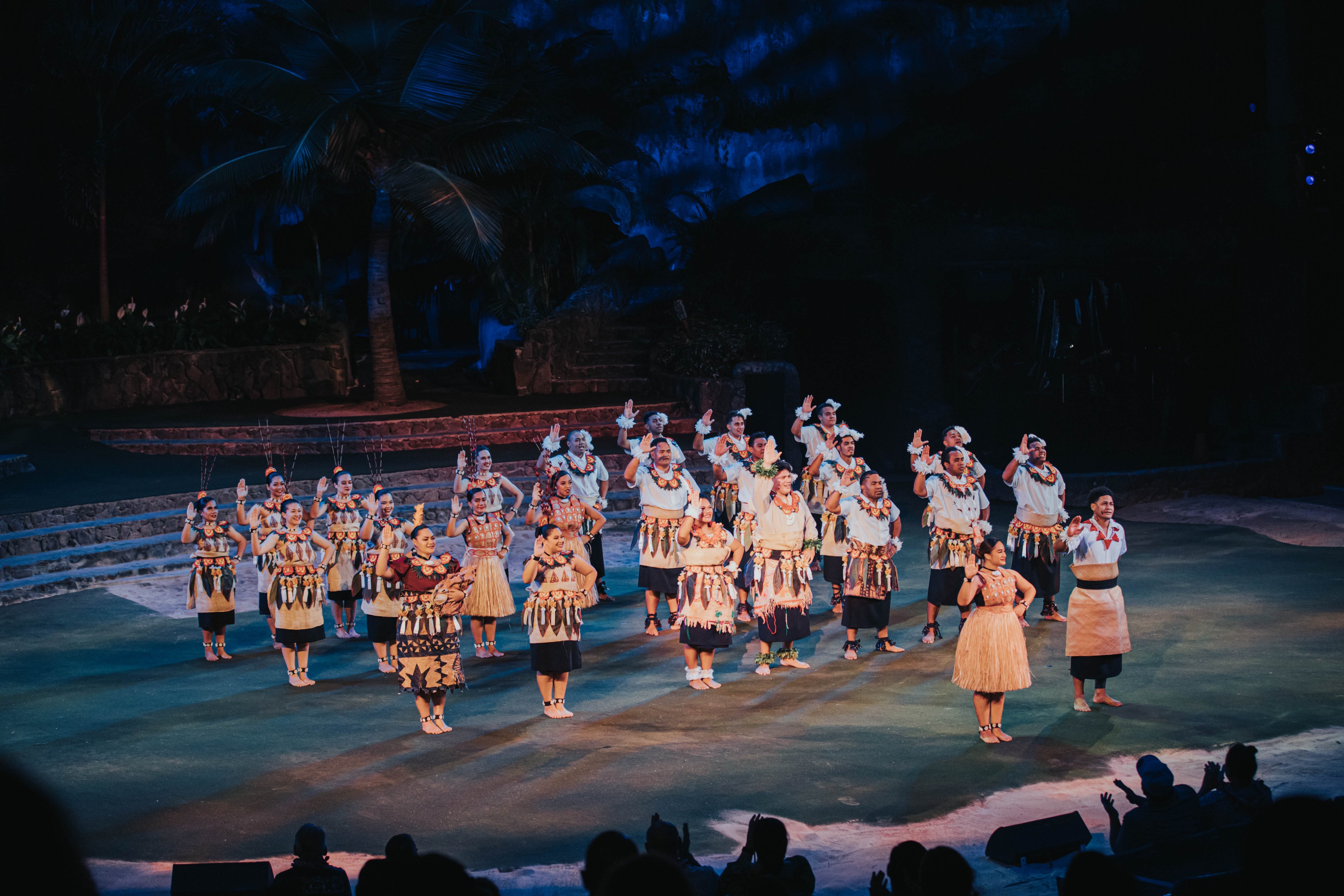
Performers dance a traditional Laka during HA: Breath of Life
Dancing
The Tongan style of dance is uniquely their own. A graceful and energetic display of cultural poetry that demands audience participation. A well-known fact, or a fun surprise, to anyone who has seen the Tongan Village cultural show at the Center.
Tongans, as with many cultures, express their legends and histories through song and dance as much as through oral histories. During this first act of HĀ: Breath of Life, the audience hears Mana’s mother begin to sing and the villagers join in. This song is Ana Latu, a traditional Tongan lullaby. There are several traditional Tongan dances; one of the most recognizable is the Lakalaka performed by both men and women, sometimes in groups of several hundred. The Lakalaka has been awarded by the United Nations with the title of “Masterpiece of the Oral and Intangible Heritage of Humanity”. The Tongan style of dance is unique to their island, easily discernible from the popular Tahitian tamure or the Hawaiian hula. Traditionally dancers were given fakapale, gifts of appreciation, such as tapa and mats, as seen in HĀ: Breath of Life, however it is more common now to give monetary gifts.
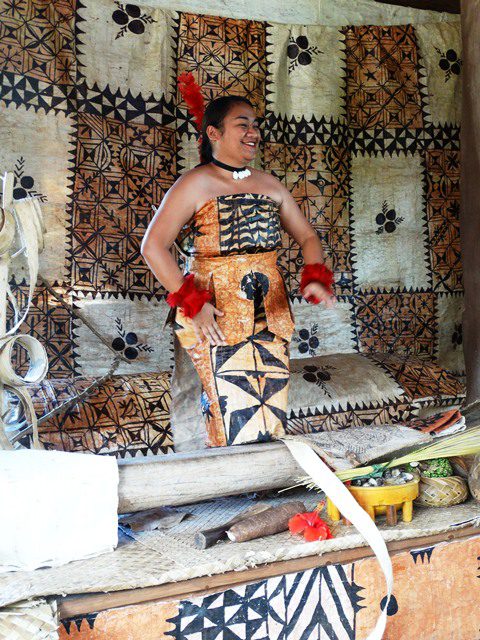
Tonga is renowned for their Intricate tapa cloth
Tapa Cloth
The sounds of Tonga abound in the villages and the evening show but not all the banging is from the drums. Tapa cloth is still an important aspect of Tongan culture. The tapa cloth featured in HĀ: Breath of Life is 100 ft long and was handmade by 51 Tongan women specifically for the show.
Tapa cloth is given as gifts, worn to weddings and funerals, or used as decoration, clothes, and blankets, to name just a few of its many versatile uses. But would you guess that it is made from tree bark? That rhythmic pounding I mentioned earlier? It’s not from drums. It is the hard work of many Tongan women who practice this traditional art form of taking the inner bark of paper mulberry trees and pounding it into thin sheets with a small wooden mallet called an ike.
The bark is small to begin with and when these strips of bark are pounded flat, they are only about 8 inches wide. These sheets are then bound together with a glue made from natural starches such as root crop or boiled tapioca. A demonstration on the making of tapa cloth is one of the many activities to enjoy in the villages.
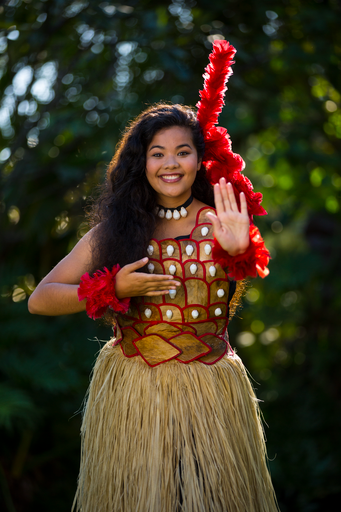
The beauty of Tonga is demonstrated through the kindness and warmth of its’ people
This first act of HĀ: Breath of Life portrays Mana’s birth and the generous welcome his family receives from the Tongan people. The birth of a child is one of the most important events in Tongan culture which makes it a clear choice to begin Mana’s story. The Tongan people are famed for their welcoming spirits, and I always feel their sincerity when they say Mālō e Lelei, whose literal translation is “congratulations for being well”.
Please join us as we review the cultural highlights of each represented culture portrayed in HĀ: Breath of Life. Next up: Hawai`i!
Want to learn more about Tongan Culture and their concept of sharing blessings and working together? Here are some of our popular posts on that subject:
Tongan Proverbs Show Devotion to Family
Tongan Funerals and Weddings: Strength and Honor thru Family Unity

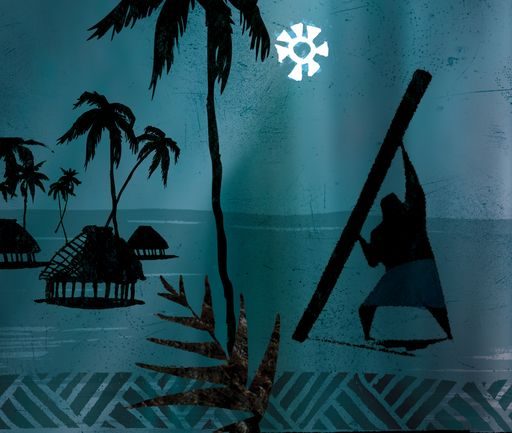
9 Feb 2023
Thank you
Great assistance in understanding more completely meaning and importance of each culture’s languages, arts, devices, uses, shared during the performances.
We look forward to all ACTs descriptions.